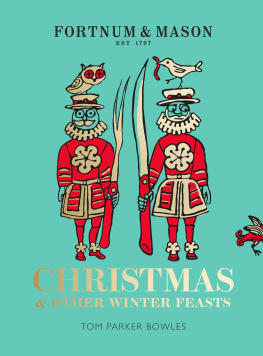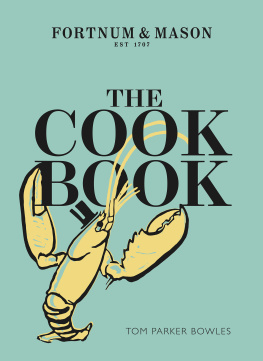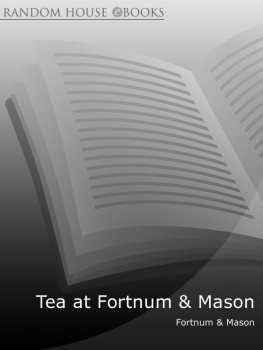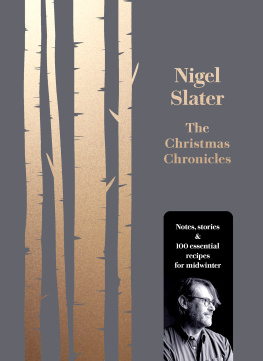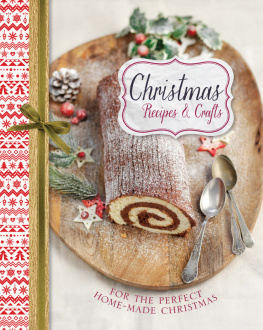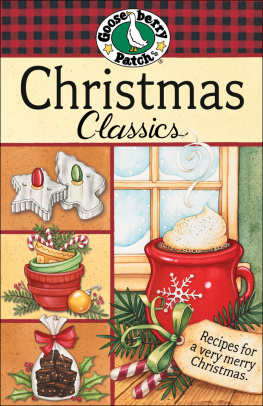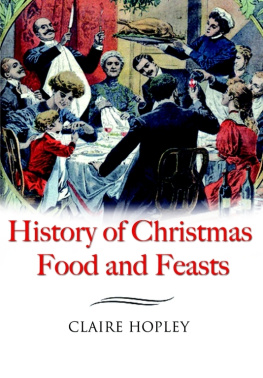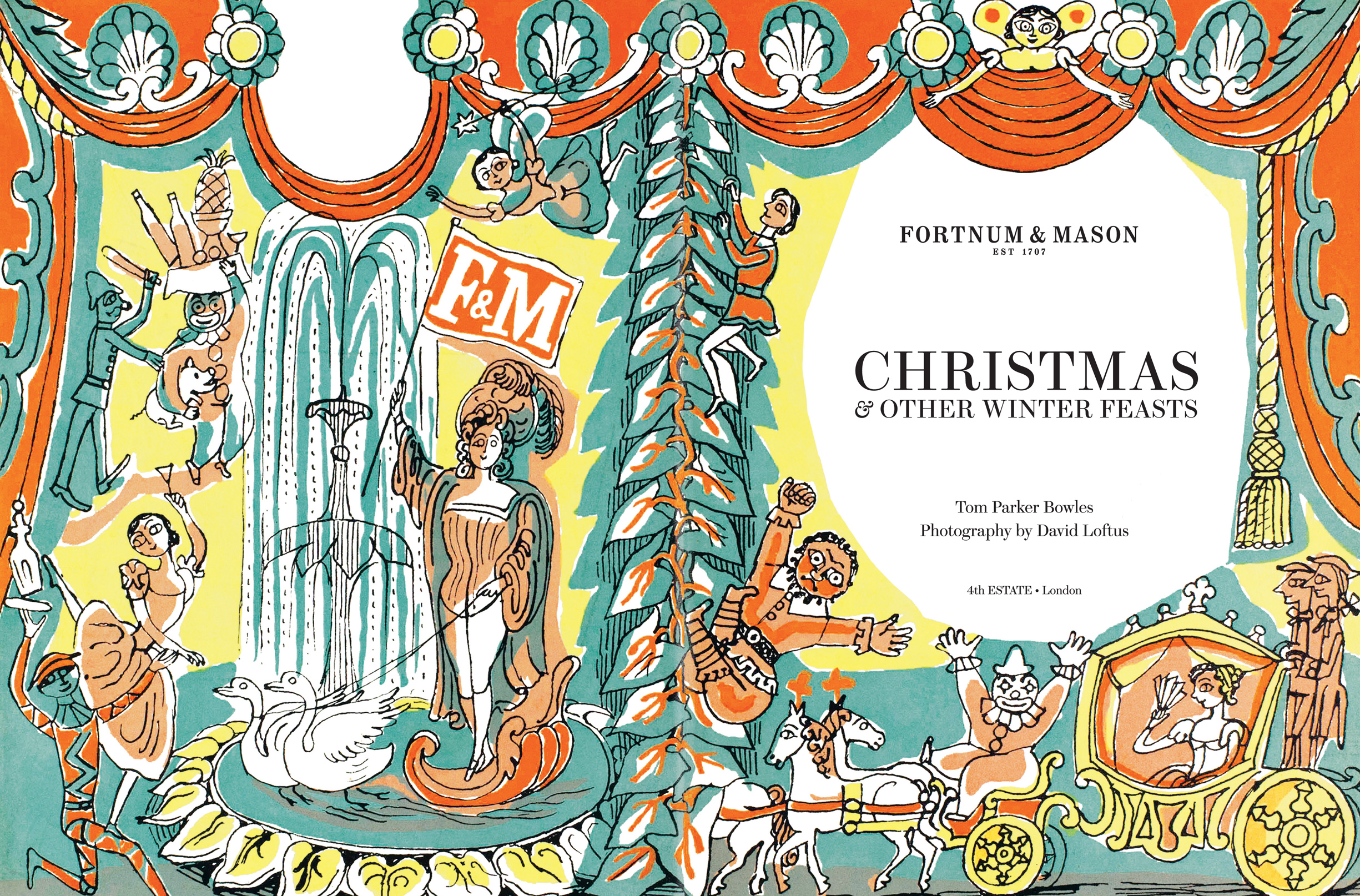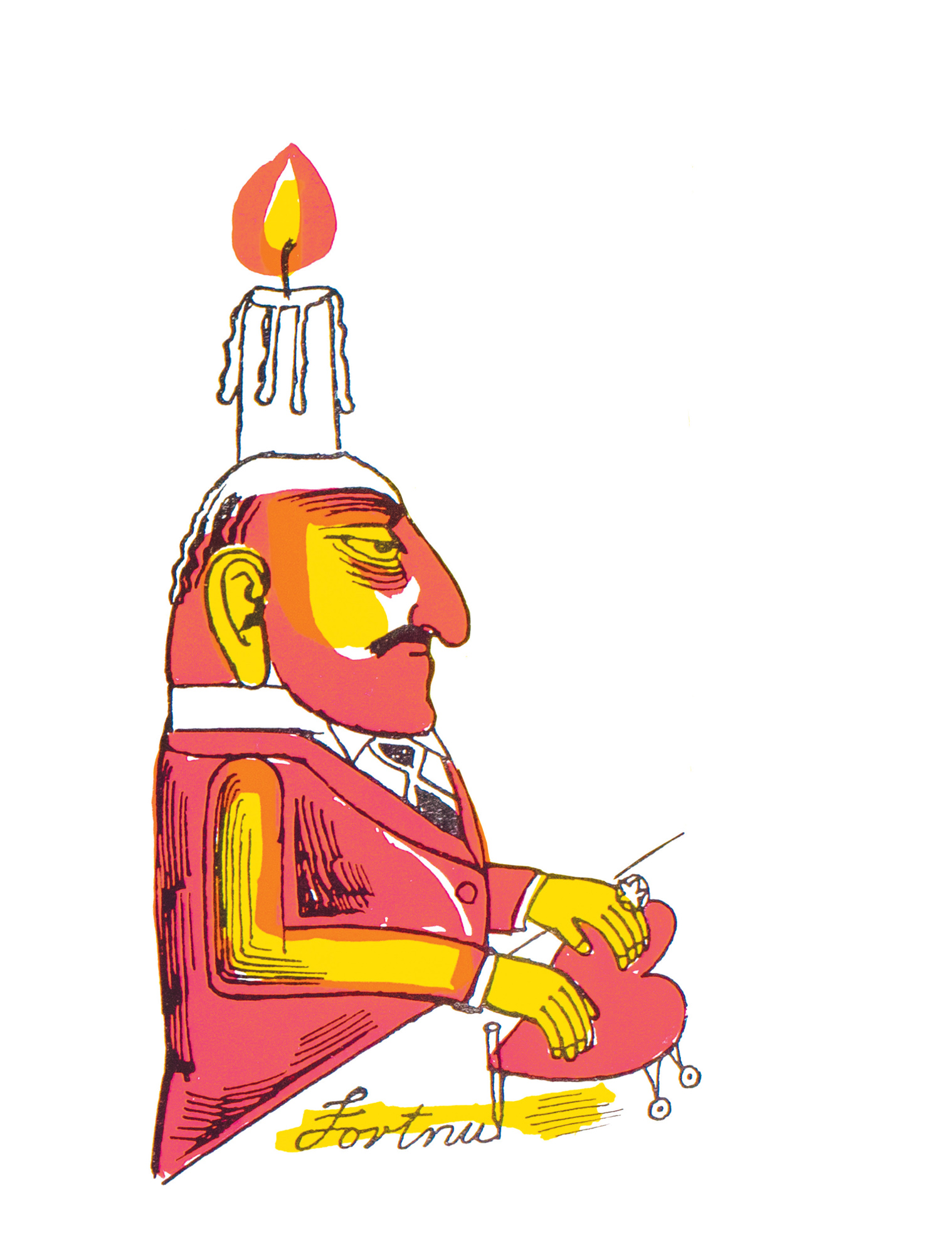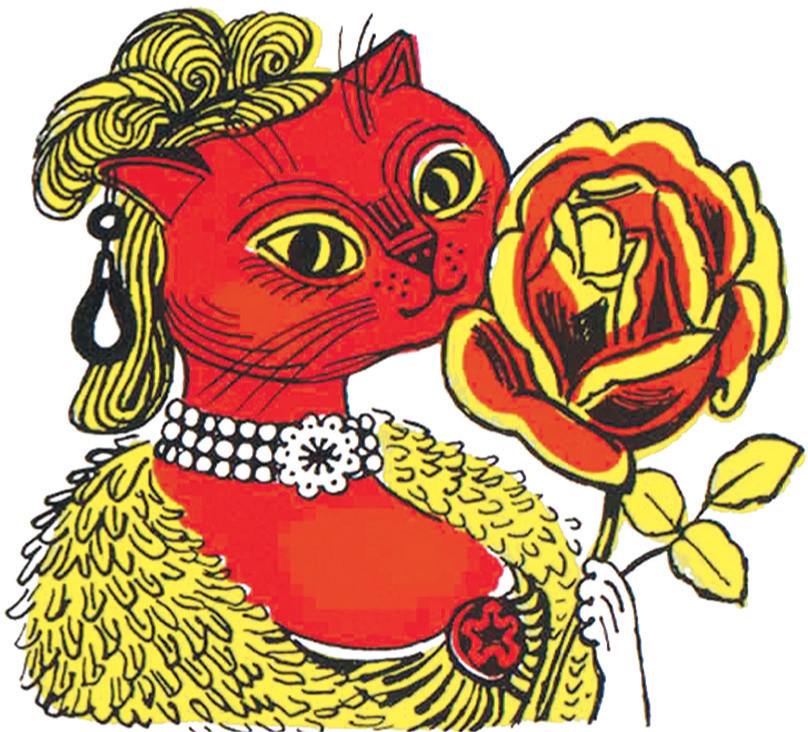CONTENTS
4th Estate
An imprint of HarperCollinsPublishers
1 London Bridge Street
London SE1 9GF
www.4thEstate.co.uk
First published in Great Britain by 4th Estate in 2018
Copyright Fortnum & Mason Plc 2018
All photographs David Loftus 2018
Fortnum & Mason assert their moral right to be identified as the author of this work.
Design by BLOK
http://blokdesign.co.uk/
A catalogue record for this book is available from the British Library
All rights reserved under International and Pan-American Copyright Conventions. By payment of the required fees, you have been granted the non-exclusive, non-transferable right to access and read the text of this e-book on-screen. No part of this text may be reproduced, transmitted, down-loaded, decompiled, reverse engineered, or stored in or introduced into any information storage and retrieval system, in any form or by any means, whether electronic or mechanical, now known or hereinafter invented, without the express written permission of HarperCollins.
Source ISBN: 9780008305017
Ebook Edition August 2018 ISBN: 9780008305024
Version: 2018-09-21
To the Weston family, for their passion and careful custodianship since 1951, and all of the Fortnums family: past, present and future
CONTENTS
For many, Fortnum & Mason is all about the food. And rightly so. But back in the 1920s, it added another rather lovely string to an already elegant bow. Because it was then, among the cold, parsimonious monotony of post-war Britain, that a glorious burst of colour exploded throughout the relentless, gunmetal-grey gloom. In the form of the Fortnums Commentaries, lavishly illustrated, beautifully written booklets created by Colonel Charles Wyld, the legendary Fortnums managing director, in partnership with Hugh Stuart Menzies and Marcus Brumwell, whose advertising agency held the Fortnums account.
At heart, the Commentaries were direct mail catalogues, expressly designed to boost sales. But they were done in such style, with such wit and verve, both visual and written, that they far transcend their commercial roots. I visualised little booklets, said Menzies a few years later, sent to a carefully chosen mailing list; booklets as readable as something bought at a bookstall or drawn from the library. Every preconceived notion of a trade catalogue was to be violated. Space was to be sacrificed to pure fun in every direction Their enduring appeal is testament to the brilliance of Wyld, Menzies and Brumwell.
And it is many of the pictures from the Commentaries that help illustrate this book. Artists such as Rex Whistler were contributors, and in 1932 Edward Bawden (now, at long last, being rightly revered) started working on a regular basis with Fortnum & Mason. Menzies, in addition to holding the stores advertising account, was also in charge of the firms Invalid Department, a place where all manner of restorative broths and gentle blancmanges were sold to the well-heeled weak and poshly poorly. In the words of Robert Harling, Bawdens drawings were exactly attuned to Menzies almost carefree yet cunningly persuasive prose.
The relationship continued until the late 1930s, when the war put a swift end to any advertising. Among many other things. Life in post-war Britain was, in many ways, harder, with increased rationing and a country crippled and on her knees. But with the end of rationing in 1955, the relationship with Fortnums resumed. Colonel Wyld was dead, Hugh Stuart Menzies would soon follow, and Fortnums had been bought by Garfield Weston, a Canadian multi-millionaire for whom the store became a hobby, and then a passion. The advertising firm was now Colman Prentis & Varley, managed by a friend of Bawdens called Jack Beddington, who had worked with John Betjeman on Shells brilliant Shell on the Road ads in the 1930s. Bawden now worked with Ruth Gills crisp and clean lettering, instead of Menzies witty prose, and the results are astounding.
As Mary Gowing wrote, You have only to look at the impeccable yet lively and varied typography of the Fortnum & Mason catalogues (page after flawless page of it) to realise the demands that must have been made on the compositor. The colour, too, with its exciting juxtapositions of cool pinks and luminous scarlet, of blue greens, and green blues, must have been equally demanding of the printer.
The first Christmas catalogue Bawden did for Weston was in 1955, and he produced some spectacular work each year until 1959. The 1958 catalogue is an extended pun on the word cat, and is full of witty and playful drawings and one dog. Cats were a passion, and they strut and mewl, dance and grin their way through these remarkable works, along with chickens and sturgeon, elephants, ants and bees. His clean lines, bold colours and whimsical wit delight to this day. And will endure for generations to come.
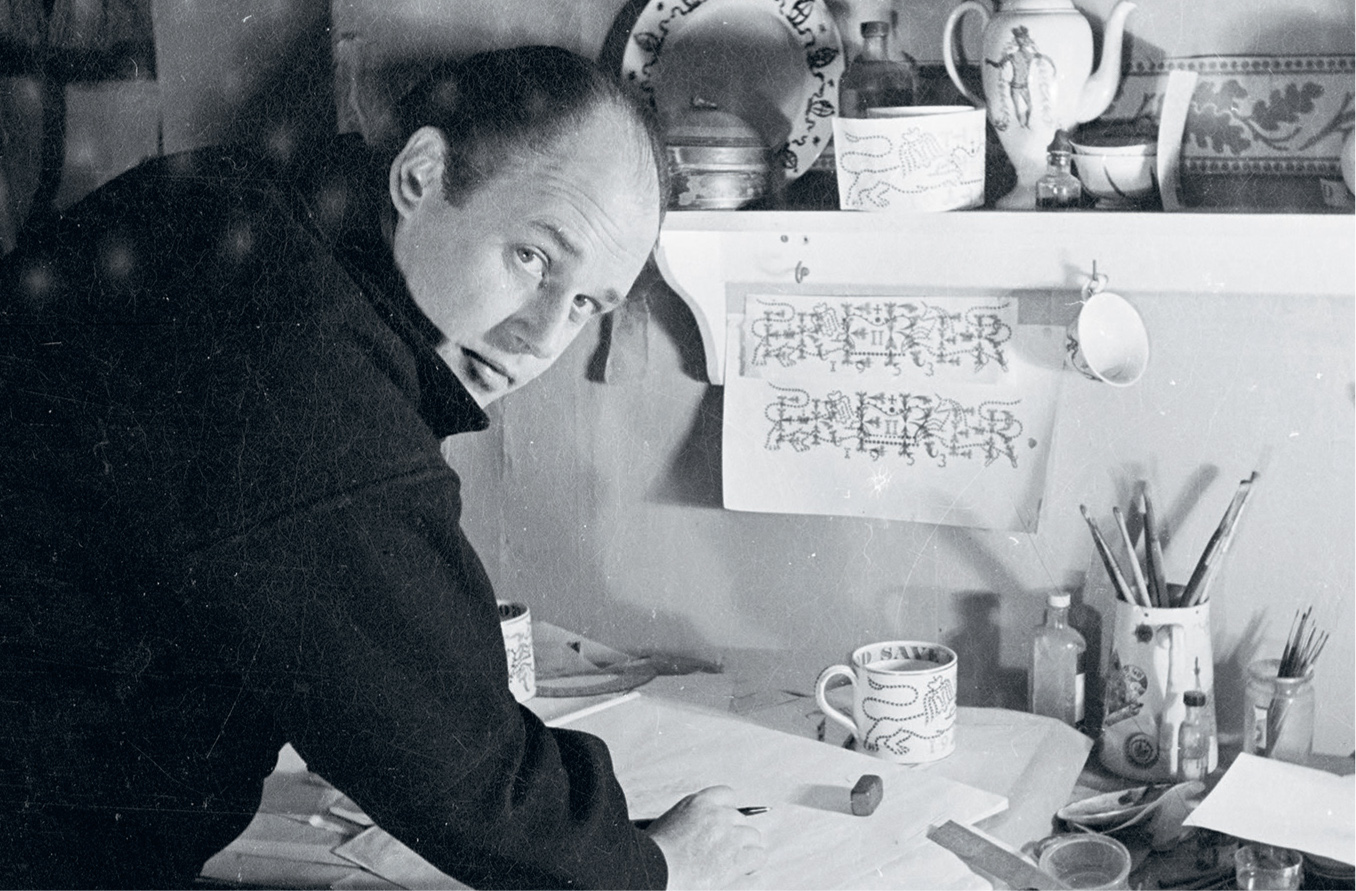
Now, of course, Bawden is seen as one of Britains great painters, printers, illustrators and graphic designers. Part of his enduring appeal is his combination of modernism and tradition. He always believed that a good piece of design was as valuable as a painting (he was endearingly self-effacing and never took anything too seriously), and his work took in everything from iconic London Transport posters in the 30s, to film posters (The Titfield Thunderbolt being a particular favourite), illustrations for books (his pen and ink drawings for Ambrose Heaths Good Food series are sublime), as well as book jackets, linocuts, wartime watercolours (from uniformed police officer to Ahwad Abdulla, son of Abudulla the coffee man), even wallpaper. Hes one of those artists you will have come across endlessly, without actually knowing it was him.
Bawdens association with Fortnums was as fruitful as it is eternal. His illustrations have the same immediate appeal now as they did then. He not only learnt his trade at the store but managed to perfect it too. A marriage made in design heaven. Because at Fortnum & Mason, its never just about the food.
Christmas at Fortnums. Its the pure, 175-proof spirit of the festive season, the quintessence of Yuletide delight. Is greediness a forgivable sin at Christmas time? gasped a smitten journalist, waxing lyrical about the store, some time towards the start of the twentieth century. It ought to be, seeing how many well-nigh irresistible temptations one is exposed to at that delectable season.
As a child, it was less shop, more glittering, spice-scented Xanadu, a sugar-coated stately pleasure dome. With the added advantage of being real, and sitting, ever-merrily, at 181 Piccadilly. Stepping into the shop, past the tail-coated doorman, was the nearest one could get to Willy Wonkas chocolate factory. At no time as now do the confectioners windows glisten with more enticing bait, sighed another scribe, in 1876. Fortnum and Masons exhibition is enough to drive the whole race of children wild with delight.

